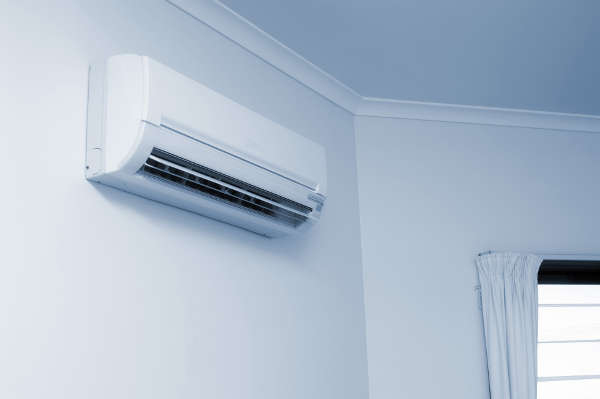An analysis of 27 states found that, on average, summer emissions of sulfur dioxide (SO2), nitrogen oxides (NOx) and carbon dioxide (CO2) go up by hundreds to thousands of metric tons per degree Celsius increase. The report appears in the ACS journal Environmental Science & Technology.
A large body of research has investigated the influence of weather and climate on atmospheric chemistry. But few studies have examined the specific effects of climate on electricity emissions and air quality.
Although overall emissions have dropped due to pollution control devices and a drop in coal use, regional and seasonal increases in power plant pollution could affect people’s health and the environment. SO2 and NOx — both of which are regulated in the U.S. — can cause respiratory problems, particularly in children, people with asthma and the elderly. CO2 is a primary greenhouse gas targeted by power plant regulations.
Tracey Holloway, David Abel and colleagues wanted to quantify the historical relationship between summertime air temperature and the power plant emissions of these three gases.
Using data collected between 2003 and 2014, the researchers crunched the numbers on electricity emissions in 27 states, mostly in the Eastern U.S. From this analysis, they observed that power plants released 3.35 percent more SO2 on average per degree Celsius increase in temperature, and NOx and CO2 rose by 3.60 percent and 3.32 percent, respectively.
States with more coal power plants such as Ohio, Pennsylvania and Indiana released the most electricity-related SO2 emissions in the summer at more than 1,300 metric tons per day, per state. However, New Jersey, Connecticut and Vermont power plants released very little SO2. States like Texas with a large power demand showed high emissions of all pollutants, but smaller changes in emissions per degree Celsius.
Overall, the calculations showed that hotter outdoor temperatures correlated with 140,000 metric tons more CO2 emissions. The researchers say that making buildings more energy efficient, especially on hot days, could play an important role in lowering power-plant emissions and improving air quality in the future.
Reference(s):
1. Publication: David Abel, Tracey Holloway, Ryan M. Kladar, Paul Meier, Doug Ahl, Monica Harkey, Jonathan Patz. Response of Power Plant Emissions to Ambient Temperature in the Eastern United States. Environmental Science & Technology, 2017
2. Research story: American Chemical Society | May 3, 2017 (source)













Comments